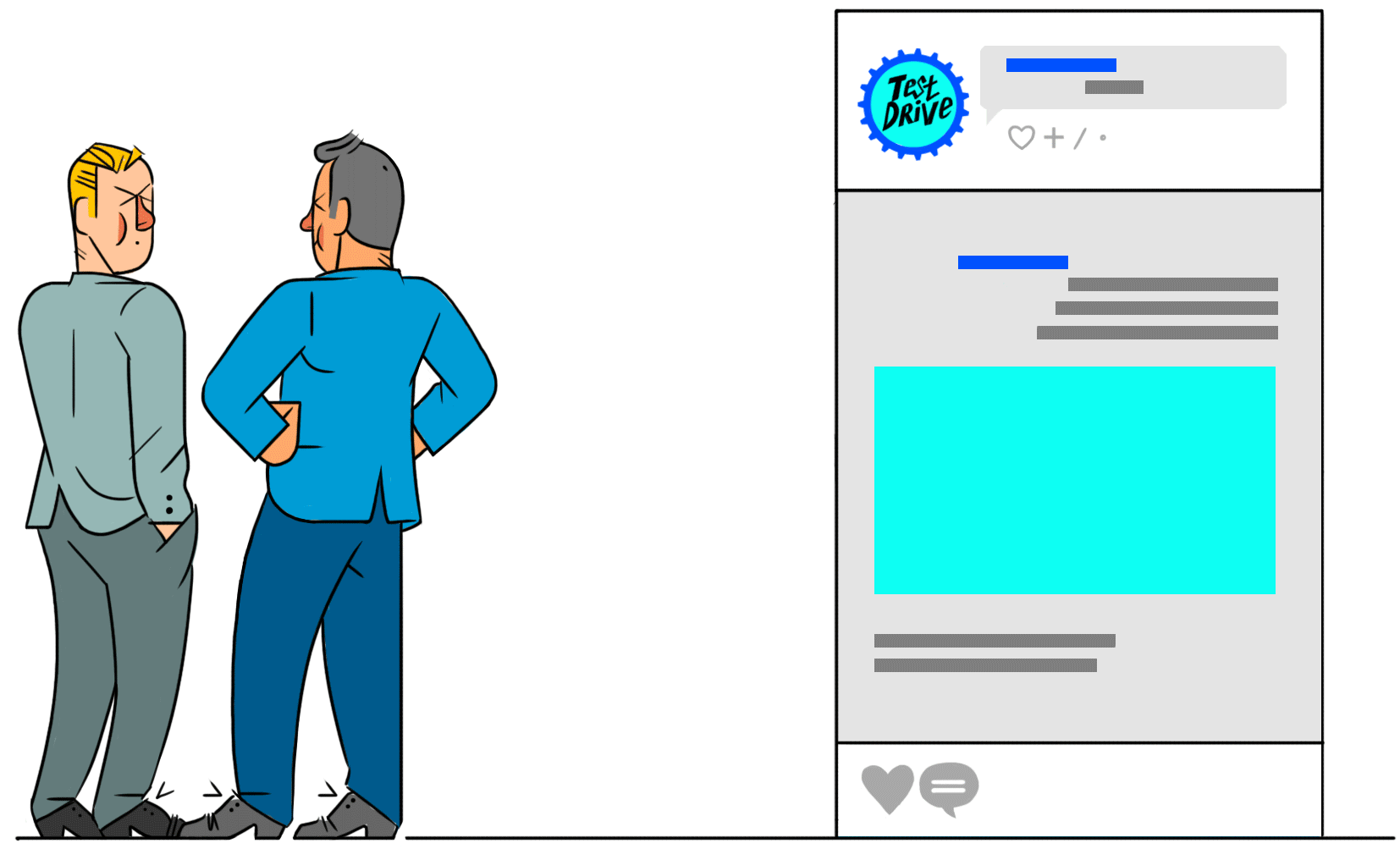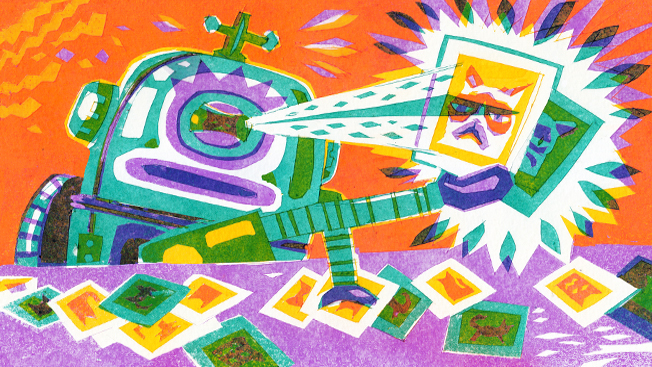Brands today have an image problem. The Web has become exponentially more visual in the past decade, yet many marketers have failed to address this shift with technology and analytics.
The common thinking is that hashtags, text, comments and other kinds of tagging make it easy for marketers to track what consumers are saying about a brand. Unfortunately, this approach is woefully out of sync with how audiences use social media today. In fact, 80 percent of images featuring brands are never surfaced or tracked. But that’s about to change with Visual Intelligence.
Visual Intelligence is a new image recognition tool from GumGum, the company that pioneered in-image advertising. Visual Intelligence finds photos on the Web that are relevant to your brand even if they aren’t captioned or hashtagged. These missing images might contain your brand’s logo, its products or even general product categories. For example, Visual Intelligence can detect individuals who are posting about, say, an event sponsored by a soft drink or—in true Internet fashion—a particular cat breed. It can also track imagery associated with a brand’s competitors.
Image recognition helps brands, agencies and PR firms control their visual identity as it relates to user-generated content, from managing social reputations and tracking campaign impact to identifying, gaining insights on and connecting with top influencers. Here are three ways that Visual Intelligence helps to do just that:
1. Miller Lite finds new fans on visual platforms
Miller Lite’s digital agency, DigitasLBi, realized that they were missing out on a large, untapped group of customers active on visual social media platforms, and that this was depriving the beer brand of opportunities to build relationships and continue brand loyalty. DigitasLBi scanned Instagram with Visual Intelligence to find images relevant to the Miller Lite brand and identified a series of photos and users. As a result, the brand was able to glean entirely new insights into the everyday lives of beer drinkers.
2. Finding and connecting with influencers just got easier

An automobile manufacturer launches a social media campaign to target people who have posted a picture of their cars. As the users are identified, the manufacturer has the ability to connect with a top editor at a car magazine, who raves about the manufacturer’s newest model to his 50,000 Twitter followers.
3. And, of course, cats …

A cat food provider uses image recognition technology to detect individuals who take notable pictures of a special breed of cats—because who doesn’t appreciate a well-timed cat meme. The provider then buys those pictures from the individuals and uses them in a campaign targeting owners of that specific cat breed.
There has long been a gap between the increasingly visual nature of social media and the way that brands manage their social identities online. With the staggering influx and popularity of user-generated content across social platforms, our current crop of identifiers—hashtags, captions, text—are missing a huge piece of the picture. The “visual web” is here, and image recognition tools such as Visual Intelligence help brands see valuable insights about their customers—both text and image—for more targeted, efficient and effective campaigns in the future.









